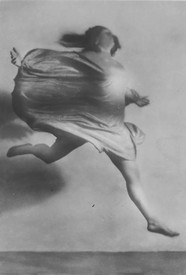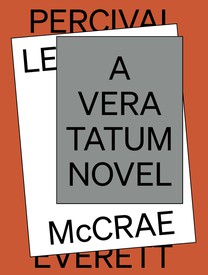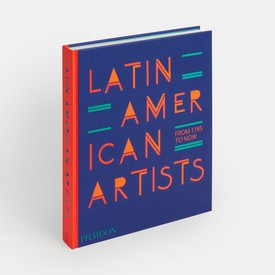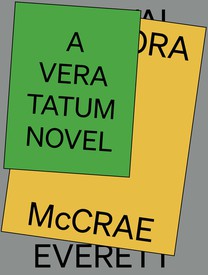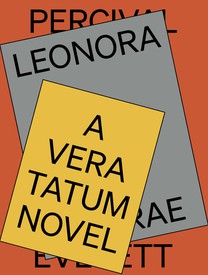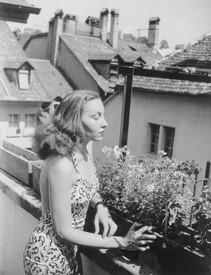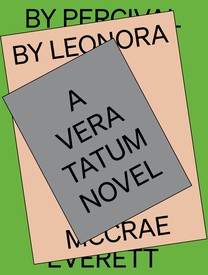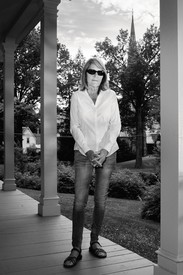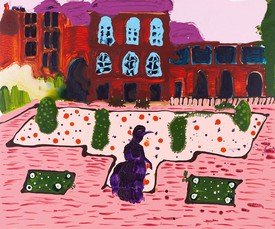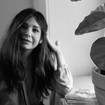
The poet and essayist Anne Boyer is the inaugural winner of the Cy Twombly Award for Poetry, from the Foundation for Contemporary Arts, and a 2018 Whiting Award winner. Her latest book, The Undying (2019), won the 2020 Pulitzer Prize in General Nonfiction.
All scriptures start in medias res but must pretend to begin at genesis. A holy book can’t begin at the real beginning because the real beginning of a holy book must be the beginning of God, and no one who believes in God can believe that God begins as all humble things do, begins as books do, begins as infants and basketball games and viruses do. Yet in the beginning, we had no God. This is why we called for the prophet. We called for the prophet as tweens call to pop stars, called as children call to parents, called as lovers call for a beloved, called as hikers call for their unleashed dogs. We called for the prophet from courtyards and bicycle trails, called for the prophet after a long breakfast, between shifts, and before bed. We called for the prophet because we knew we could not begin a bible this way, which is by telling the truth: In the beginning, we found no God, thus we needed to invent one.
We had lived our entire lives in the structures of built and falling-down things and in this we were always lost, wandering through a maze of air conditioning and entropy. Ours had been lives in which we were kept irreligious and alien from the world itself, and so, in the beginning, we found no God because we did not have eyes capable of initiating the search. How were we to find God among the arenas, high-end shopping centers, corporate campuses, and cul-de-sac-heavy suburban developments? Those properties were upheld by law and its enforcers, and the sacredness of all property was fecund and determinative of all godlessness. There could be no knowledge of God near HVAC units or inside vinyl fences or in the mostly empty buildings called churches. We no more had God than we had the key to every jail cell or front door.
We said among ourselves, at the bleak gray entrances of parking garages, “How will we find a God when we can see nothing with our own eyes but iPhone screens and rent payments?” Let’s say an old-fashioned God had descended from some erstwhile sky-blue heaven to arrive in the outdoor dining area of a Cheesecake Factory in an entertainment district: even if clad in ethereal light and gossamer robes, and accompanied by the fluttering wings of angels, we could not see this because we were taking photos of the food on our plates. We could see our screens but we could not see God because we were so committed to seeing ourselves and our visions as flattened surfaces imprisoning pixelated light.
We hated this life but admit we participated in it. We bathed ourselves in the light of screens, desk lamps, and streetlights. This is why we were sad and lost in the shadows. We turned our light-seeking cameras on the faces we loved and on any known or unknown body we saw. We recorded the angle of a lover’s arm as it rested on the table, recorded the faces distorted by the pleasures of a Friday night. We turned our cameras to the walls and sometimes forgot them there, recorded the quiet of a backpack’s interior or the dull white of an aunt’s kitchen ceiling. We captured our children’s faces from every angle and entered them into the databases, and we turned the same devices on our genitals, our feet, our breasts. We took photos of ourselves committing crimes. We thought what we did was a form of love and also a form of preservation, but inside the love was the act of that turning, and the turning on of lights and the turning lens of the cameras were a turning on ourselves.
We had not yet learned that this was not love but its absence, and that these were not our own memories but the memory of who would do us harm. We did not know that what we did was a danger. This was because we believed that safety hid inside a camera the way an idol hides a wraith. We believed that we would be safe from forgetting, safe from being forgotten, safe from time, too, from decay and from each other. We petitioned our police to strap themselves into the cameras. We put the cameras in our doorbells and dashboards so that we would know whoever or whatever came near. We recorded images of bad deeds and believed, as children might, that any record of bad deeds would mean that the bad deeds would soon end.
With the innocence of those who believe that the face of evil can be recognized and by recognition be transformed, we captured our own faces in systems we named security. We lit up our world like a stage so that we might be seen on every inch of earth, and in this exposure we felt assured. We did not know yet that evildoers are those who have always existed without a face, whose evil does not attach to any but cartoonish, provisional particulars. The faces of the quiet men of power were forgettable and forgotten, but our faces were as if made of cement, heavy and unchangeable, and the fact that we had them, and that they could be known, was the burden we dragged around with us, through borders, police stations, schools, and malls.
This is why we called for the prophet. We could not see because the lights were too bright, there had been too many eyes staring in our direction. We had been flattened by all the turning cameras and then rendered again into a data set. We had been made into math, and our children, our bodies, had been made into patterns, and with all this identification we were all made sick and predictable. Wherever we looked there seemed to be a screen in which we were captured and then in turn displayed—now captive—to ourselves. We were tired of seeing, of being seen, of illumination, of illuminating.
So we called for the prophet to see what we could not see. We called for the prophet to see the unseen, to blow out the candle, to turn off the lights, to break the bulbs, to smash the screens. We called for the prophet to collage a useful God from refuse and scraps and mysteries, to compose our God in the darkness from customs and tragedies, as all Gods had, in secret, been composed before.
The poets who wrote the old bibles had done the same, only they could not admit the dirty work of divine invention. Instead, in order to describe the creation of God, the poets of those bibles had to write their books as mirrors to reflect the process in reverse. In each, God created humans in the way these humans had once created God. They would not say that God was created as Adam was created, that God was created by Adam from necessity and breath and mud. They would not admit that God was pleasantly benign and innocent among the animals until he ate the fruit of the tree of knowledge, or that God had then become too clever and had had to be exiled from his own happiness. They could not tell the story of when and how God was made to toil in the universe’s fields. They would not admit freely that as they described themselves, they were really describing their God, or that when God brought the flood upon the world, it was they themselves who had invited rain to destroy the God of whom they had grown weary. What the poets who wrote the old bibles wouldn’t tell you was that each account of God destroying the world is in fact an account of humans doing the same. The old poets might have hidden the beginning of God, but we are not those poets. We freely admit that we called for the prophet, and called and called until the day came when the God who called in our image finally called the prophet, too.
God called the prophet as petroleum calls to profiteers, as gold once called to conquistadors, as fish call to anglers, as root vegetables call to the hungry in the fall. And God called the prophet as a dying person calls from under the rubble of an apartment block toppled in an earthquake. God called to the prophet not from above but from below, from under the crust of earth, under the heaps of rubbish, called as tungsten calls from the trash dumps, called as seeds call out to the sun and air. God called the prophet from the heaviness of what buries anything else, called as human forms once called out from marble, called as fetuses do when they stir to become people who are born. God called the prophet from below these earthly suffocations, called out from the layers and piles of things, called out from the economic overdevelopment, called out from the heating planet and from both the rapid catastrophes and the slow, called out from the crisis and called from online shopping, called from the dumpsters and called from the self-hate that the prophet, along with everyone else who ever let themselves feel anything about being alive at this time, felt. And as God called the prophet, the prophet called for God.
Feeling that there was a dying person under the rubble and that this dying person was divine, the prophet called the dying person’s name and undertook to unbury all that was once believed lost. The prophet knew that to unbury God at this point in history was going to be hard work. There was a reason God had been buried in the first place, a reason that God had been covered up by the weight of the built world, a reason, too, why the truth had been obscured and the image world substituted for all.
This is why when the security cameras shorted, when the phones were stolen from the hands of their users, when the children smashed the cameras left on the table by their mothers, when the iPhone factories burned, one person was certain that this was divine intervention. Then the drones fell from the sky. Then the photojournalists became gravediggers. Then the flat files were thrown into the sea. Then the yearbooks disintegrated. Then our faces turned into light-repelling surfaces. Then the links all broke. Then we called the prophet and the prophet called for God, and the old world called the new before it went away.
Read “The Iconoclasts: Part 1,” “The Iconoclasts: Part 2,” and “The Iconoclasts: Part 4”
